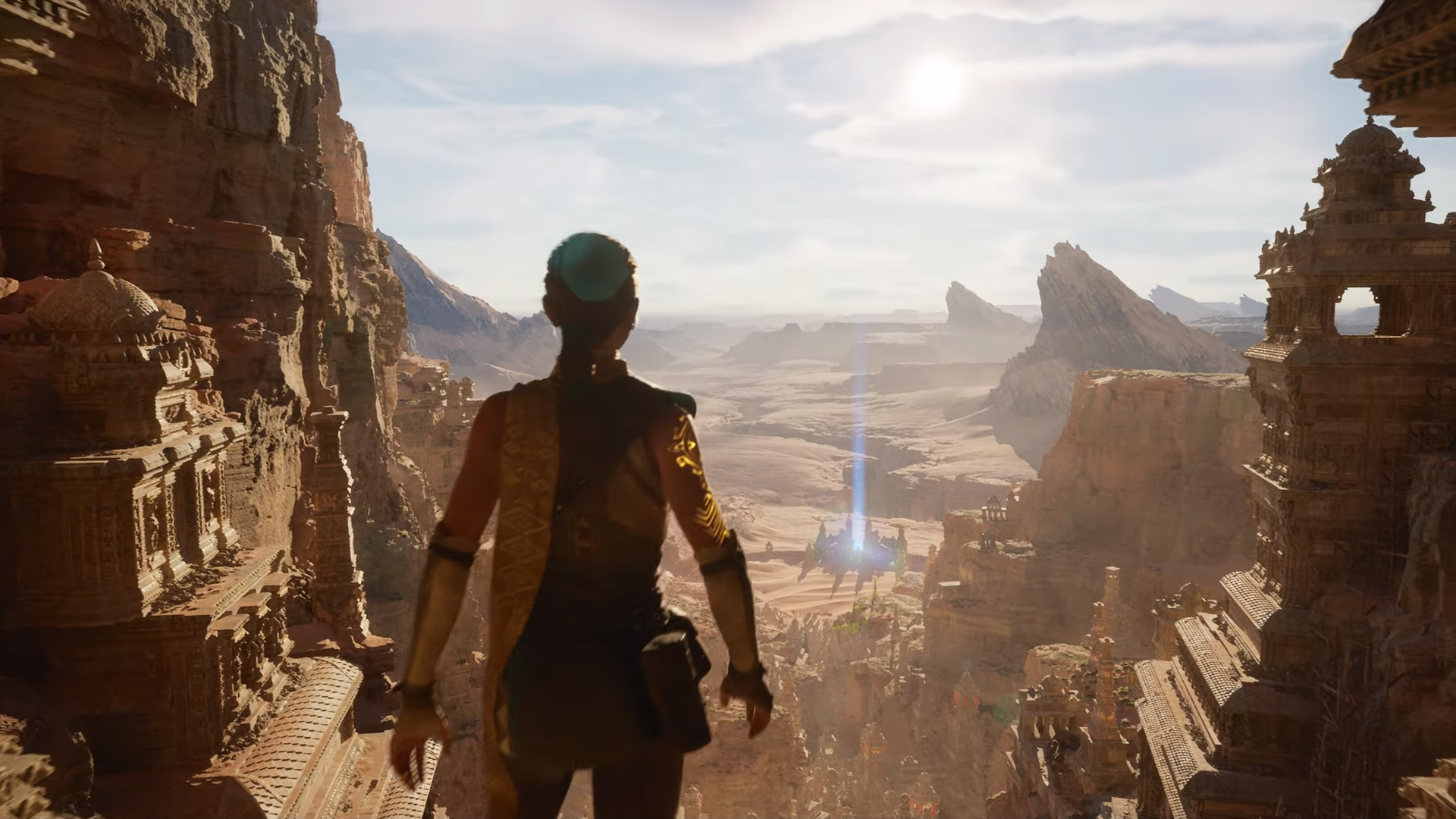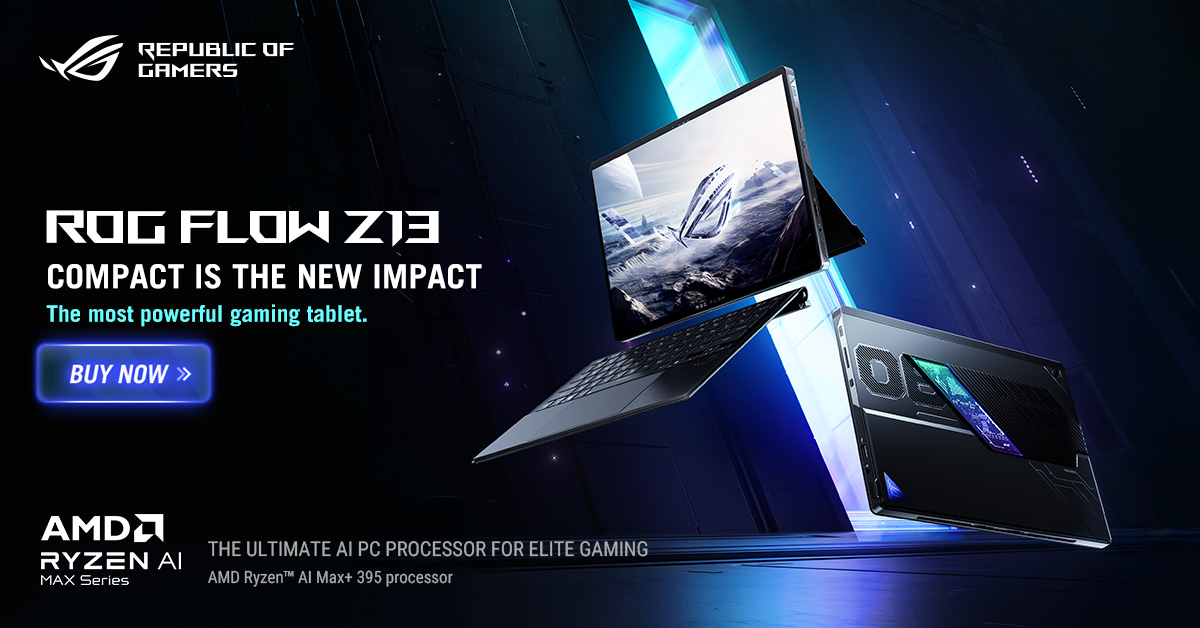During Summer Game Fest 2020 Livestream with Geoff Keighley, Epic Games announced their new Unreal Engine 5 that will be used by the next generation of consoles and mobile platforms. They started off the presentation with a “gameplay” tech demo of how Unreal Engine 5 will look like and perform on the upcoming PlayStation 5.
Here are a few highlights of the tech demo.


New Unreal Engine 5 Nanite will allow having film-grade art that has millions or billions or polygons to be imported directly into the engine.


Lighting in Unreal Engine 5 will be more dynamic thanks to Lumen. Lighting are now more dynamic and will react to scene and lighting changes immediately. There is also now a nice bloom on the light which illuminate dark areas.
A few things I notice is they are still using transitions to hide the load times (e.g. the wall squeezing sequence or during the opening of doors animation).
Here is more information about the demo and Unreal Engine 5 courtesy of Epic Games:
Lumen in the Land of Nanite
This demo previews two of the new core technologies that will debut in Unreal Engine 5:
- Nanite virtualized micropolygon geometry frees artists to create as much geometric detail as the eye can see. Nanite virtualized geometry means that film-quality source art comprising hundreds of millions or billions of polygons can be imported directly into Unreal Engine—anything from ZBrush sculpts to photogrammetry scans to CAD data—and it just works. Nanite geometry is streamed and scaled in real time so there are no more polygon count budgets, polygon memory budgets, or draw count budgets; there is no need to bake details to normal maps or manually author LODs; and there is no loss in quality.
- Lumen is a fully dynamic global illumination solution that immediately reacts to scene and light changes. The system renders diffuse interreflection with infinite bounces and indirect specular reflections in huge, detailed environments, at scales ranging from kilometers to millimeters. Artists and designers can create more dynamic scenes using Lumen, for example, changing the sun angle for time of day, turning on a flashlight, or blowing a hole in the ceiling, and indirect lighting will adapt accordingly. Lumen erases the need to wait for lightmap bakes to finish and to author light map UVs—a huge time savings when an artist can move a light inside the Unreal Editor and lighting looks the same as when the game is run on console.
Numerous teams and technologies have come together to enable this leap in quality. To build large scenes with Nanite geometry technology, the team made heavy use of the Quixel Megascans library, which provides film-quality objects up to hundreds of millions of polygons. To support vastly larger and more detailed scenes than previous generations, PlayStation 5 provides a dramatic increase in storage bandwidth.
The demo also showcases existing engine systems such as Chaos physics and destruction, Niagara VFX, convolution reverb, and ambisonics rendering.
Unreal Engine 4 and 5 timeline
Unreal Engine 4.25 already supports next-generation console platforms from Sony and Microsoft, and Epic is working closely with console manufacturers and dozens of game developers and publishers using Unreal Engine 4 to build next-gen games.
Unreal Engine 5 will be available in preview in early 2021, and in full release late in 2021, supporting next-generation consoles, current-generation consoles, PC, Mac, iOS, and Android.
We’re designing for forward compatibility, so you can get started with next-gen development now in Unreal Engine 4 and move your projects to Unreal Engine 5 when ready.
We will release Fortnite, built with Unreal Engine 4, on next-gen consoles at launch and, in keeping with our commitment to prove out industry-leading features through internal production, migrate the game to Unreal Engine 5 in mid-2021.
During Geoff Keighley’s Summer Game Fest 2020 live stream, Epic Games chief technology officer Kim Libreri said, “It’s a fully playable demo. We plugged a recorder into the back of a PlayStation 5 dev kit and recorded the signal that came out of the HDMI. So it’s a totally live demo, it’s replayable, and it’s a little bit different every time you play it.”
Watch the full tech demo video below together with a feature highlights reel.




